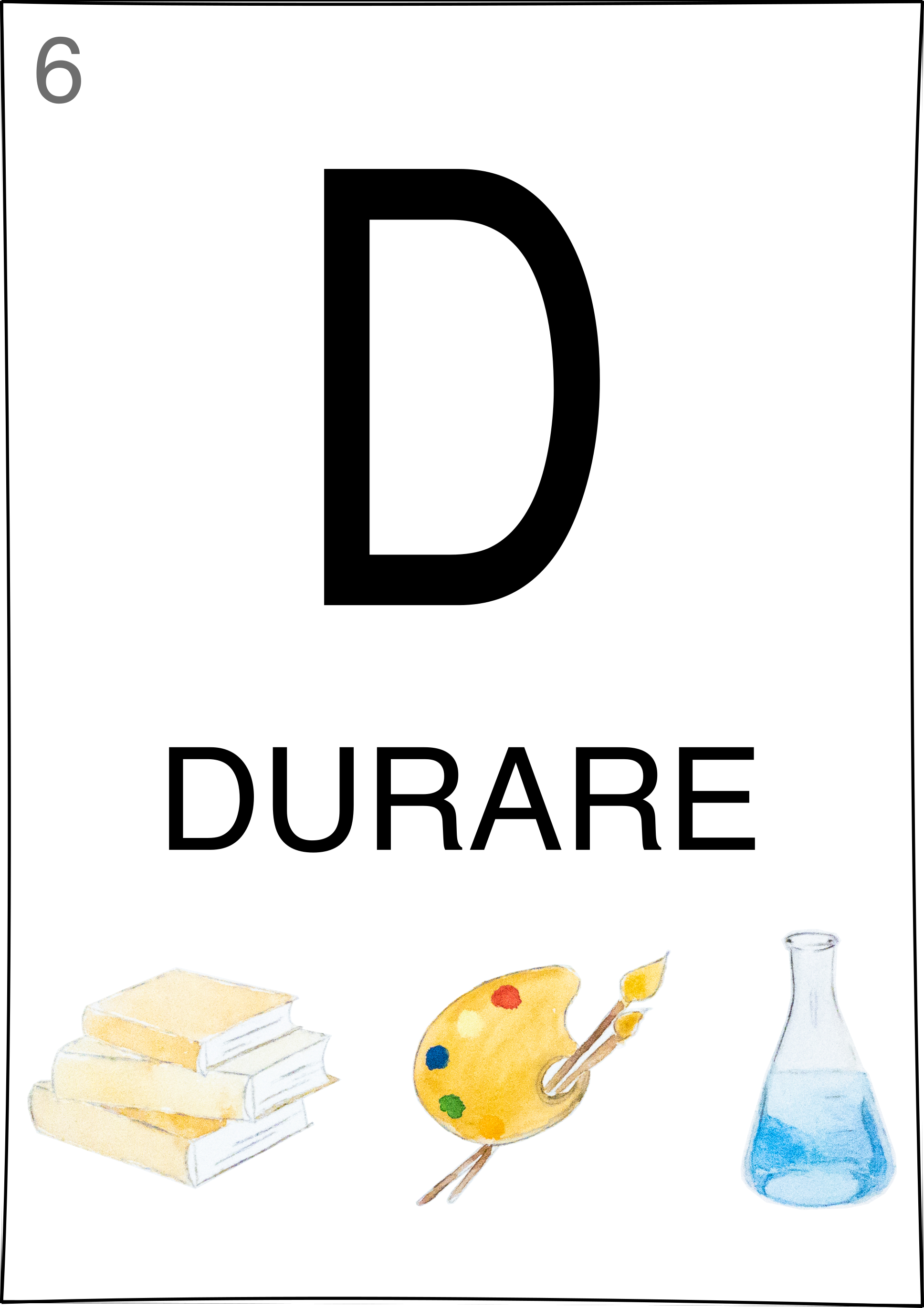Theorizing the Hard through Art, Post-Classical-1750
Marjolijn Bol
My research focuses on how the stability and aging properties of materials and processes explored by artisans influenced thinking about the workings of nature, and how “durable” nature could be recreated artificially. Important sources are the natural history of writing about metals and stones, and alchemical treatises theorizing material hardness through processes of congealment and coagulation.
These authors often use the idea that art imitates nature to prove their theories. This was not just a commonplace but a fundamental way of thinking about the genesis of materials in the natural world. Those theorizing nature looked, for instance, towards the art of ceramics to explain the hardening processes that form rocks and mountains, or towards the art of glass for ideas about the hardness of precious stones and the permanence of their colors.
This project will take a long-term approach at investigating how such ideas, originally transmitted from the ancient past, shaped theories about durability throughout the medieval and early modern period, and how these theories changed until the industrial revolution. With a strong focus on stones as the key natural material that is durable because of its hardness and permanence of color, this project will write the history of thinking about durability through artistic processes, such as the history of levigation (separating smaller particles from larger ones), the baking of clay, and the art of polishing.
The central questions are:
1) How did the artistic processes designed to work durable materials (e.g., stone, metals), help understand the properties of these materials?
2) In what ways did the art of hardening certain substances (e.g., glass, ceramics) influence theories about the genesis of hard materials in nature;
3) What is the role of the “art imitates nature” principle in theories about durable natural materials?
At the end of the DURARE project I also aim to deliver a synthesizing study “Long-term Dynamics of the Durable” that focuses on the following three larger themes:
1) The art of making yourself durable. Why did patrons want to own something they thought could withstand the test of time? How did this search for durability in art impact artists’ creative exploration of materials and techniques? This part of the synthesis elucidates the social and artistic practices that revolved around the prestige and status of owning something enduring.
2) Materials knowledge on stability and aging. How did knowledge generated on the basis of the social and artistic search for durability in art shape the historical foundations of materials science and product engineering.
3) The changed burden of durability. How does the long history of making and desiring durable art works enable the aesthetic of fragility in postmodern and contemporary art? Indeed, the practices, theories and institutions that were originally shaped by the wish to conserve more lasting works of art eventually formed the basis of the durable conservation of more transient works as well.




 @erc_durare
@erc_durare